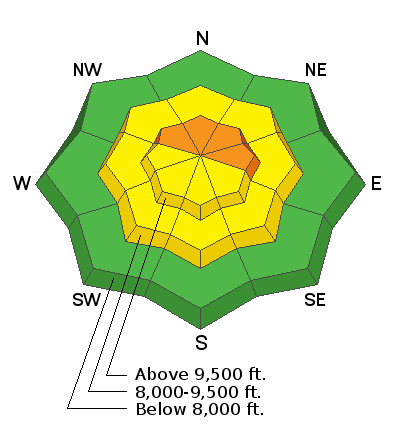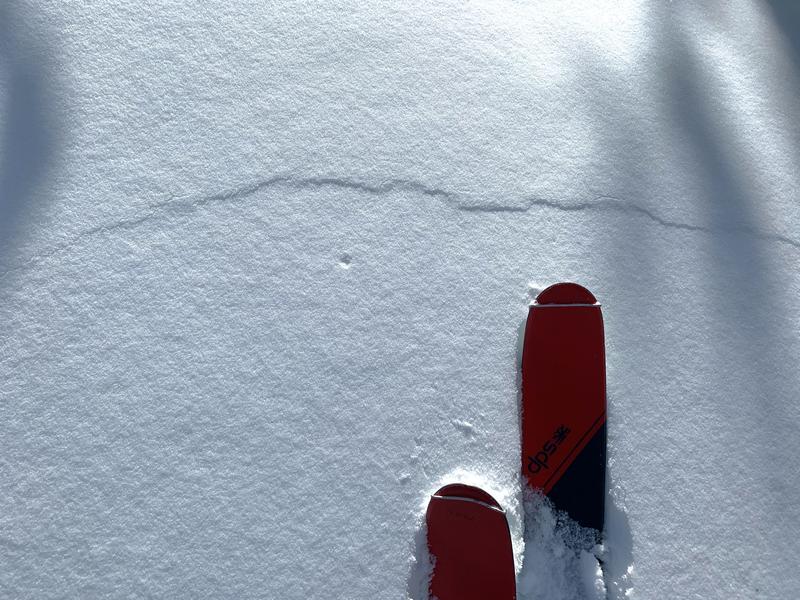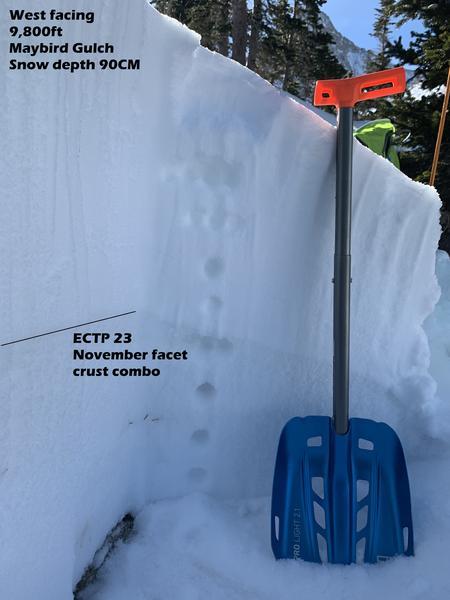The Utah Avalanche Center podcast's second episode of season 4 is live - Managing Risk with Avalanches, Managing Risk with a Pandemic - A Conversation with state epidemiologist Dr. Angela Dunn.
Stream
here or tune in wherever you get your favorite podcasts
Thanks to the generous support of our local resorts, Ski Utah, and Backcountry, discount lift tickets are now available. Support the UAC while you ski at the resorts this season. Tickets are available
here.
This morning it's snowing with a trace of snow as of 5 a.m. Temperatures are generally in the mid teens F at all elevations. At many trailheads these temperatures are 10-15 degrees warmer than the bitter cold temperatures yesterday morning. Winds yesterday shifted from the northwest to west and then southwest this morning blowing 7-10 mph.
Today an inch of two of snow should accumulate mainly this morning. Skies will remain cloudy and temperatures will struggle to break into the 20s F. Winds should remain light and slowly shift and come from the northwest.
This weekend will be dry, but some snow could come Monday night and again Wednesday night. No major accumulations are expected but we'll take what we can get.
Riding conditions are quite good with several inches of snow from last Monday night and generally supportable snow underneath. Southerly facing slopes have some powder on top of supportable crusts. For snowmobilers, the snow is still so thin that it's a game of Russian Roulette with your a-arms. Even skiers and boarders should still be extra cautious about hitting rocks.











